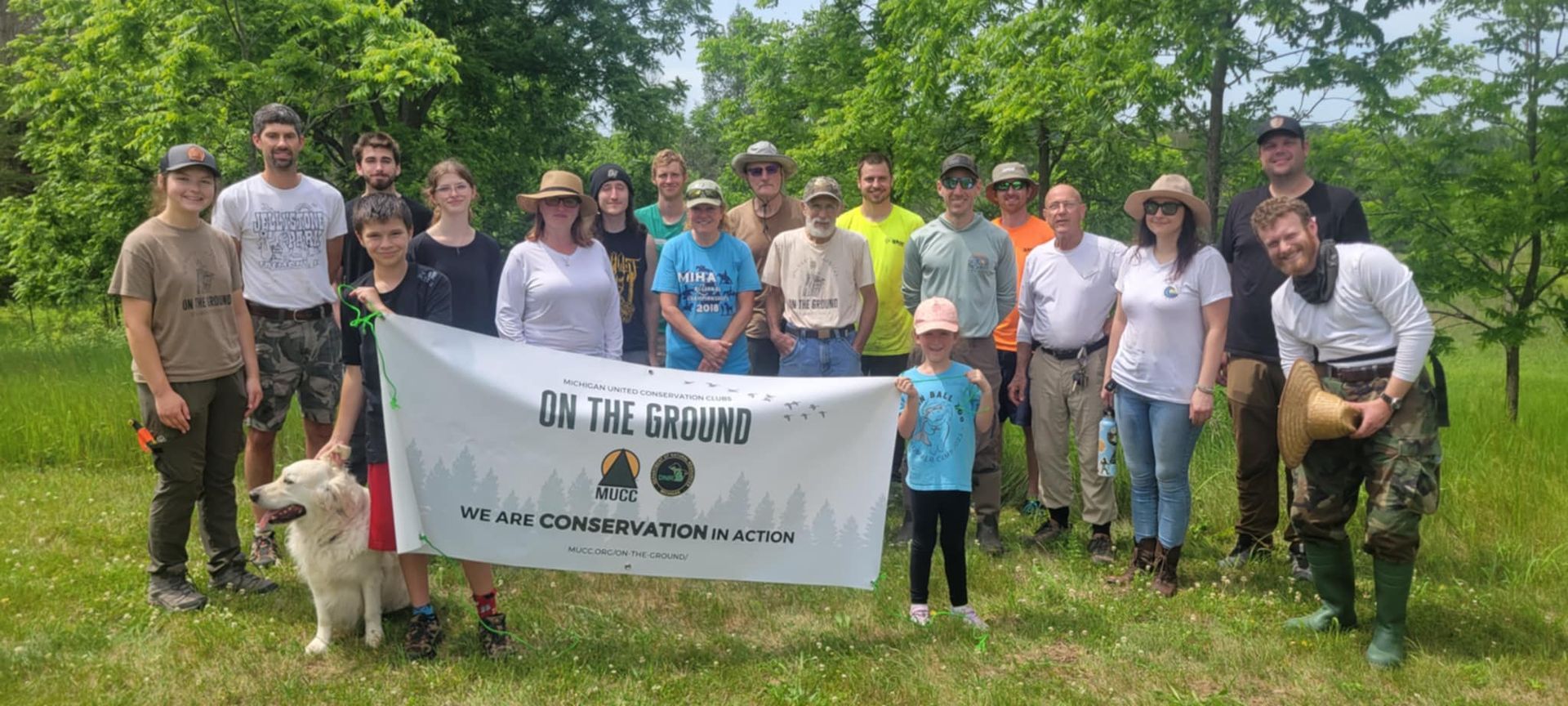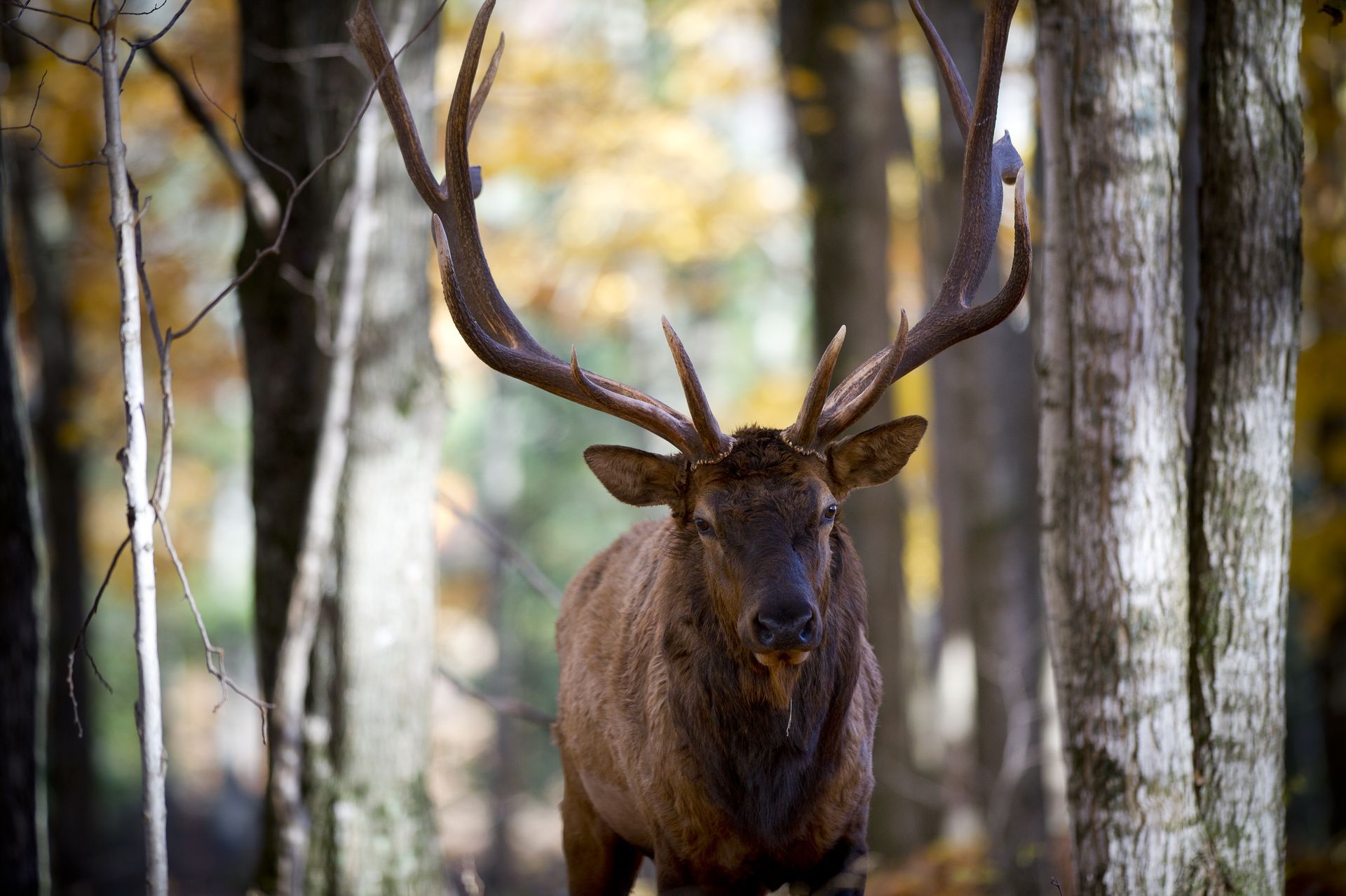On the Ground: Spring Volunteer Opportunities
Are you looking for a way to give back and help improve wildlife habitat this spring? Look no further! On the Ground has many volunteer opportunities available throughout April and into May. Now is the perfect time to get outside and enjoy the sunshine and warmer weather while improving public lands here in Michigan. We provide all necessary equipment for each project, as well as lunch and a volunteer gift. We welcome all ages, and our events provide a great opportunity for kids to learn about natural resources and the outdoors. Read on for more information on upcoming projects this spring. We hope to see you volunteer with us!
Saturday, April 13, 2024 – Annual Clinton River Cleanup
Join On the Ground on Saturday, April 13, 2024, from 9 AM to 1 PM in partnership with the Clinton River Watershed Council and Metro-West Steelheaders to improve the Clinton River. This river provides important habitat for a variety of fish and wildlife as well as recreational opportunities for local communities. Volunteers will remove trash in and around the river at Yates Park ( 1990 E Avon Rd, Rochester Hills, MI 48307 ). MUCC will provide lunch as well as a volunteer appreciation gift. Waders, trash grabbers, and other necessary equipment will be provided. Registration closes on Thursday, April 11, 2024, at 4 PM, so make sure you register by then! To register for this event, click HERE.
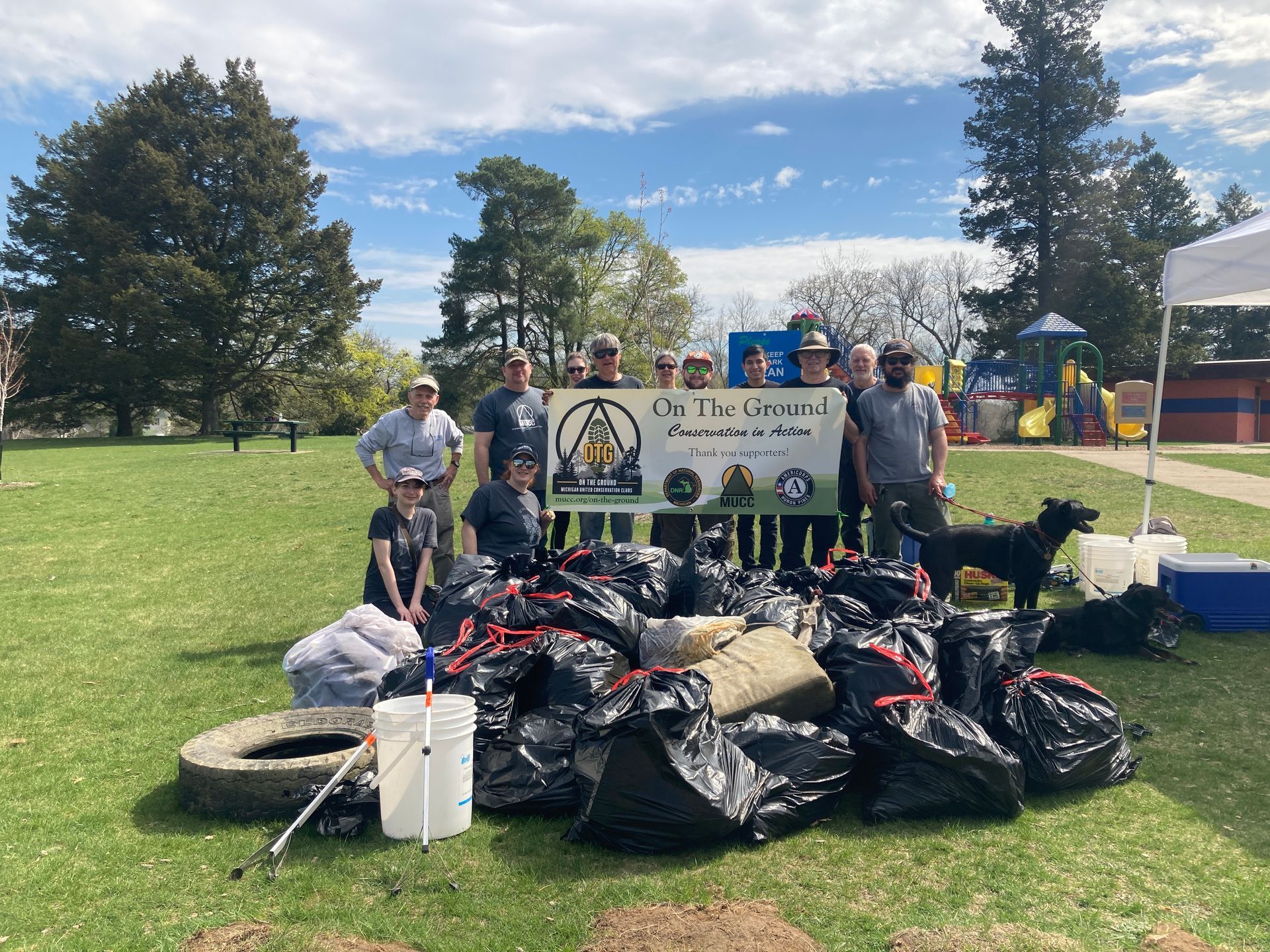
Saturday, April 20, 2024 – Garlic Mustard Removal
On Saturday, April 20, 2024, from 10 AM to 1 PM , On the Ground will be partnering with the Michigan DNR Parks and Recreation Division for a garlic mustard removal day at Saugatuck Dunes State Park. Garlic mustard is an invasive plant that spreads quickly and can overtake a large area. Garlic mustard also sends out chemicals through its root system that kill any plant surrounding it, including any important native species. Volunteers will meet at the small parking lot area adjacent to the Felt Mansion ( 42.696444, -86.194773 ). Lunch, a volunteer gift, and all necessary equipment will be provided. Registration closes on Thursday, April 18, 2024, at 4 PM, so please register by then! To register for this event, click HERE.
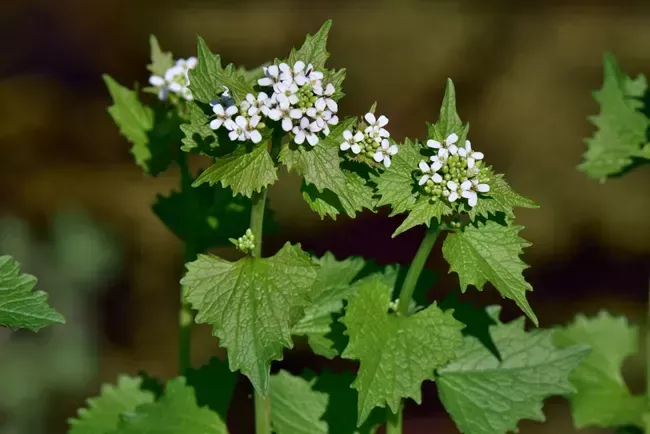
Saturday, April 27, 2024 – Brush Pile Building
Join On the Ground in partnership with Land Ethic LLC on Saturday, April 27, 2024, from 10 AM to 3 PM as we construct brush piles for small game at the Traverse City Forest Management Unit in Kalkaska County. Brush piles provide habitat for a wide range of species, including rabbits, squirrels, snakes, and ground-nesting birds. They also provide hunting grounds for predators like foxes and birds of prey. Volunteers will meet at the CCC Bridge State Forest Campground parking area ( 7184 Sunset Trail SE, Fife Lake, MI 49633 ). We will be carpooling from the parking lot to the work site. All necessary equipment will be provided, and volunteers are encouraged to wear closed-toed boots, long pants, and a long-sleeved shirt. As always, lunch and a volunteer gift will also be provided. Registration closes on Thursday, April 25, 2024, at 4 PM, so get your registration in by then! To register, click HERE.
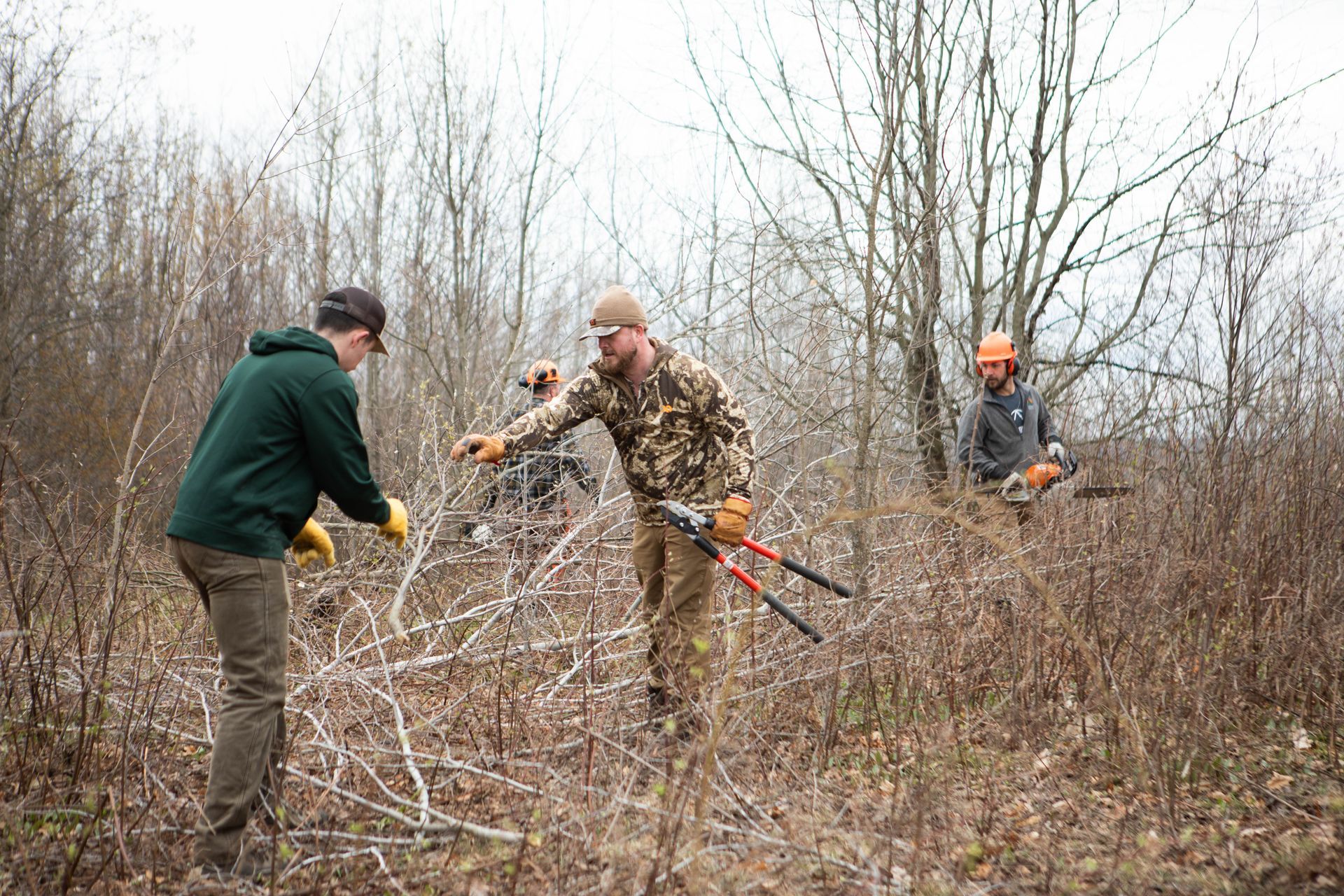
Saturday, May 4, 2024 – Jack Pine Planting
On Saturday, May 4, 2024, from 9 AM to 12 PM , On the Ground will be partnering with The Kirtland’s Warbler Alliance , Huron Pines , and the Michigan DNR for the 2024 Jack Pine Planting Day at the Grayling Forest Management Unit. Young jack pine trees provide critical habitat for the Kirtland’s warbler, a rare songbird found here in Michigan. Timber rotations and fire suppression caused their population to plummet and the Kirtland’s warbler was on the Endangered Species List for 50 years. However, intensive conservation efforts led their population to increase and they were delisted in 2019. What a great success story! A meeting location for this event is to be determined, but keep an eye out on our webpage for more information coming up. Volunteers are asked to bring work gloves for this event as we have a limited supply. As per usual, lunch and a volunteer appreciation gift will be provided. Registration will close on Thursday, May 2, 2024, at 4 PM. To register for this event, click HERE.

The post On the Ground: Spring Volunteer Opportunities appeared first on Michigan United Conservation Clubs.
Recent Posts

